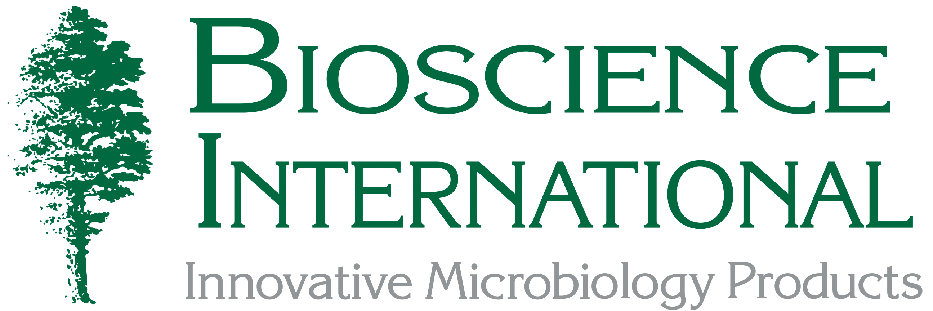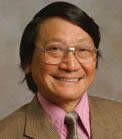Innovative Sampling of Injured Microbial Cells
By Daniel Y. C. Fung, Professor of Food Science, Kansas State University
From Bioscience World
WHEN MICROBIAL CELLS ARE TREATED with heat, cold, chemicals, dehydration, radiation, or pressure, three populations of cells usually exist. One survives; another dies; a third survives but is injured. These injured cells can repair under favorable conditions, and later grow and metabolize as healthy cells. If we do not use the proper method to resuscitate injured cells, we may underestimate the existence of potentially pathogenic organisms in environmental samples.
At Kansas State University, I led a group of researchers to work on a one-step Thin Agar Layer (TAL) method to recover injured cells. Alayer of selective agar is first placed at the bottom of the Petri dish to solidify. Then, a layer of non-selective agar is poured over the selective agar. After solidification, the population of healthy and injured cells is spread above the thin agar layer. In three hours, the injured cells on top will repair while the inhibitory compounds from the selective agar at the bottom migrate upward. When the compounds reach the top of the non-selective agar, injured target cells are repaired and resist toxic effects of the selective agar.
Dr. Crozier-Dodson modified the TAL method for use in the
SAS Super 180 Microbial Air Sampler and collected data on the
recovery of microorganisms in the air of beef, poultry, and
swine confinement units. Typically, microbes in the air are
injured due to lack of nutrients and dehydration. It is difficult to
recover Gram-negative organisms directly from air due
to the injury. Gram-positive organisms are more resistant
to the air environment and can be recovered more easily.
So, the recovery of airborne bacteria mostly consists of
Gram-positive bacteria. In fact, many Gram-negative
bacteria may be present and not recovered due to lack of a proper
technique. Dr. Crozier-Dodson’s research found that the use of
selective agar alone greatly underestimated the amount of Gram-negative organisms. The TAL,
when used with the SAS Air Sampler, can
improve the study of aeromicrobiology.
This TAL method has been tested on
a variety of food pathogens such as
Salmonella, Listeria monocytogenes,
Staphylococcus aureus, Yersinia enterocolitica,
E. coli O157:H7, after these cells have
been injured by heat, cold, organic acids,
salt, radiation, and high pressure.
![]()
Daniel Y.C. Fung, Ph. D. |
A world-renowned applied microbiologist in
rapid methods and automation in microbiology,
Dr. Fung has published
nearly 600 publications For reprints on research generated from
the SAS Air Sampler or information on |
![]()
For More Information Contact:
Bioscience International
11333 Woodglen Drive
Rockville MD 20852
Tel: 301-231-7400
FAX: 301-231-7277
Internet: BioInfo@Biosci-Intl.com

